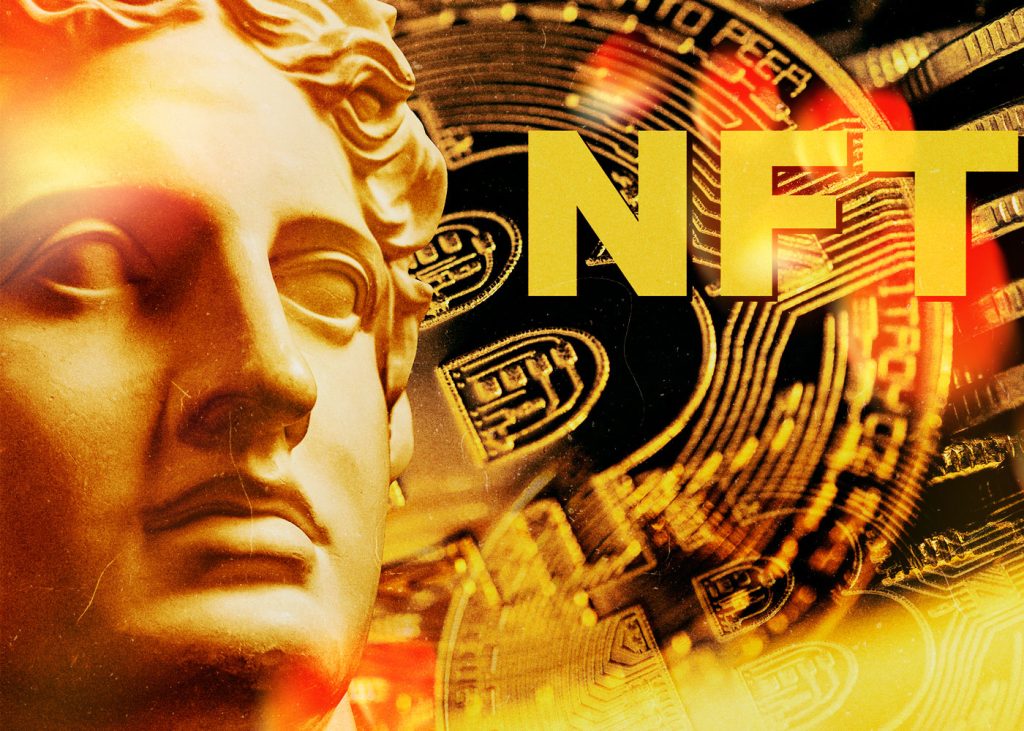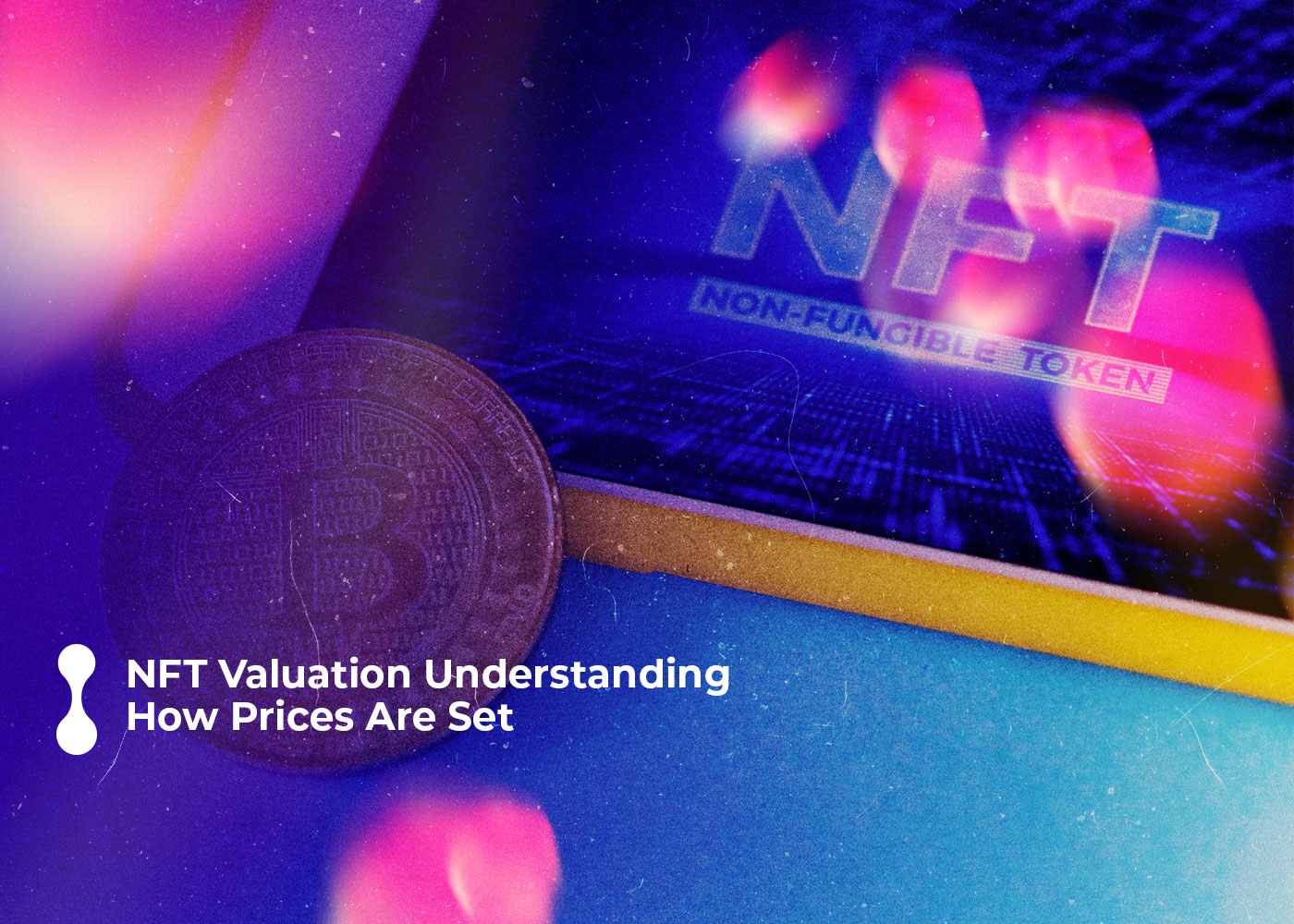There is no manual for determining the value of an NFT and knowing which NFTs will increase in value. The measures you use to evaluate private firms or traditional investment vehicles such as stocks simply do not apply to NFTs. Often, the last buyer’s payment provides some indication of the worth. Yet, it is difficult to predict what the next customer will pay based on their projections for NFTs.
Most purchasers lack the logical abilities required to determine the worth of NFTs and hence base their quotes on guessing. It is also difficult for sellers to predict what they will receive in exchange for their tokens. The value of NFTs is influenced over time by a perception over which both buyers and sellers may have no control.
Is there an Example for Understanding the Valuation of NFTs?
An example can help to emphasize the concept even further. An artwork NFT may be in high demand for a period of time, with potential purchasers believing it is uncommon and expected to gain value in the near future. Then they may realize that the digital image is freely available on the Internet, and there may be no buyers left for the NFT.
NFTs of renowned artists’ artworks or tokens related to prestigious physical assets may have specified values. In most circumstances, however, investors and traders struggle to identify the value of an NFT.
The Rarity of the NFTs is Important
The demand for an NFT is exactly proportional to its perceived scarcity, but how can you tell? Distinctive artworks by renowned illustrators, as well as tokens issued by high-profile celebrities, may serve as instances of rare NFTs. Certain uncommon gaming items may potentially be eligible for this category. The rarity aspect adds a lot of inherent value to these NFTs.
Immutable evidence of ownership provides the NFT holder with a sense of distinctiveness and, as a result, value. The First 5000 Days by Beeple and Jack Dorsey‘s first NFT are both good instances of NFTs featuring a rarity component.

Some NFTs can be Utilized Better Than Others
Utility emerges as a major metric for determining how to evaluate NFT initiatives. An NFT must have usefulness in a real-world application in order to be valuable. NFTs, for example, might be used to tokenize real estate, precious metals, and even stocks; to represent virtual land or gaming assets; and in a variety of other applications. The NFT industry is still in its infancy, and as it evolves, more novel use cases are bound to arise.
An NFT gains value from its inherent qualities immediately after minting. The value grows over time based on the utility and community strength of the underlying project. Decentraland NFTs, which relate to the project’s virtual land plots, is an outstanding example of such tokens.
NFTs are Tangible Assets
NFTs coupled with real-world things provide tangibility. When combined with the immutability of ownership on blockchains, it offers immediate value intangibility. NFTs may be used efficiently to emphasize ownership rights and reduce instances of fraud. The practical application of NFTs in the projects in which they are used has an impact on their value.
NFTs with tangible value are ideal for both short-term and long-term trading. Certain NFTs, such as tickets, may have expiry dates, whilst others, such as those representing real estate, might grow in value over time.
How to Know which NFTs will Increase in Value?
There are moments when speculation drives price appreciation; for example, in December 2017, the price of CryptoKitty #18 jumped from 9 ETH to 253 ETH in three days. While one school of thinking strongly opposes speculation as a driver of valuation, speculating is inherently human and cannot be eradicated effectively.
Instruments like derivatives are driven by speculation, even in the traditional financial system. In this light, it’s not surprising that speculation has become a significant component of the NFT ecosystem. NFT price performance charts, changes in the assets lying beneath projects, and even events outside your direct control can fuel speculation and influence NFT pricing.
NFTs are a developing ecology that is always evolving. Many aspects impacting the value of NFTs are continually developing, and you must take them all into consideration to improve accuracy. Furthermore, while you might claim that the conversation is about intrinsic worth, value is a generally subjective term. In this case, determining which NFTs will increase in value becomes much more difficult.
Conclusion
While looking for an NFT value estimator, keep in mind that not everything that shines is a diamond. Hence, be patient and consider a wide range of things before making a decision. At a time when all kinds of NFT marketplaces are popping up, from all-inclusive platforms like OpenSea to niches like Real Nifty, doing your homework and making an informed selection is more crucial than ever.
